The 14 Most Beautiful Chicken Coop Plans
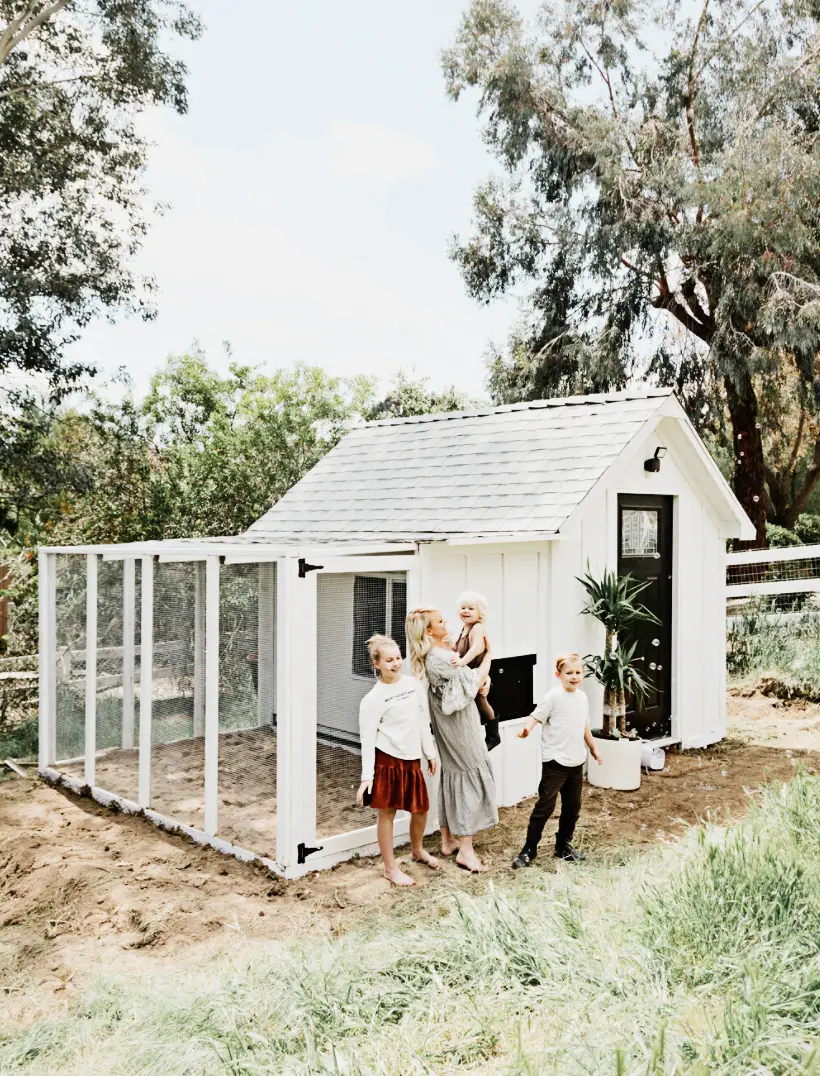
Even if you’ve never built anything before, you absolutely can build your own chicken coop! Not only will it cost you about half the price of buying one new, but you will be getting exactly what you want, and the pride of knowing you built it yourself.
Without any experience, I built a 12-foot long farmhouse table out of old barn wood, completely by myself. All I needed was a good set of plans, the belief that I could, and a few Youtube videos when I got stuck.
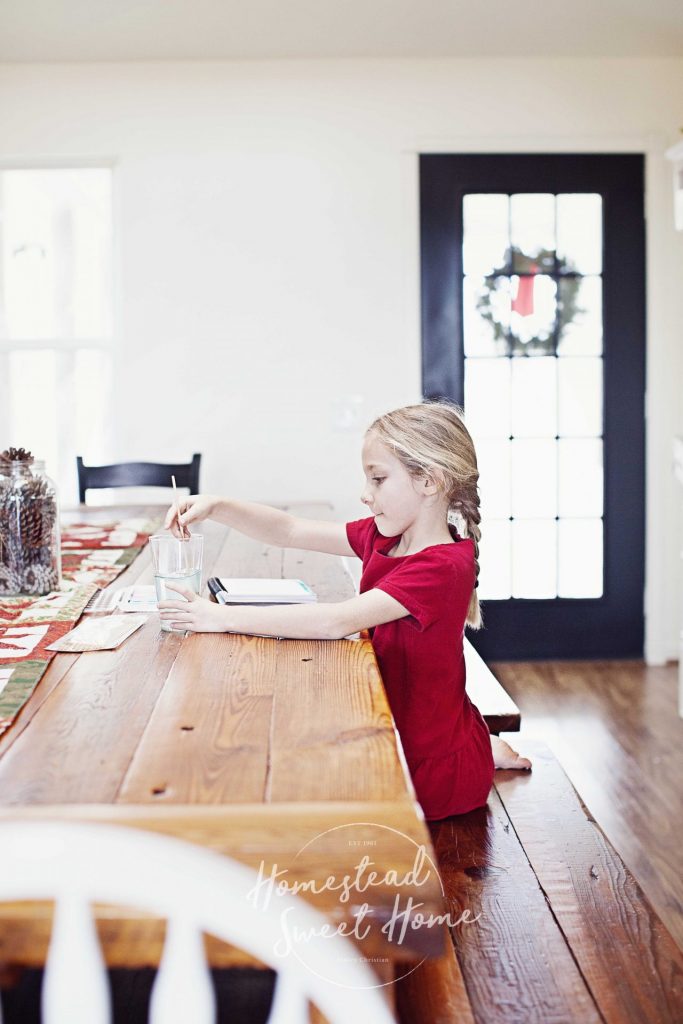
That was just the beginning, and since then we have built several DIY chicken coops, a little goat barn, a desk, and four Adirondack chairs for the porch.
Anyone can learn to build a chicken coop!
Finding the Right Chicken Coop Plans for Your Project
There are a LOT of chicken coop plans on the internet. Some are free and some you can buy. Some are beautiful, and others not so much. A few have the correct dimensions for your flock, but most suggest far too many hens in too little space and don’t have the right proportions of the coop to run space. Crowding your chickens will lead to health and behavior problems you don’t want.
Don’t worry, we’ll educate you and give our top suggestions so you can feel confident what you’re building is going to be right for your home and flock.
Sure you can find lists of 100’s of free internet chicken coop plans, but will they actually meet your needs? Do you know what those needs are? And will they look ugly as heck!? Maybe you’re the type to engineer a chicken coop out of an old baby crib or a trampoline, which is incredible. But if I’m going to spend the time to build my own chicken coop, first I need to know it will meet my chicken’s needs, and second I want it to be nice to look at too.
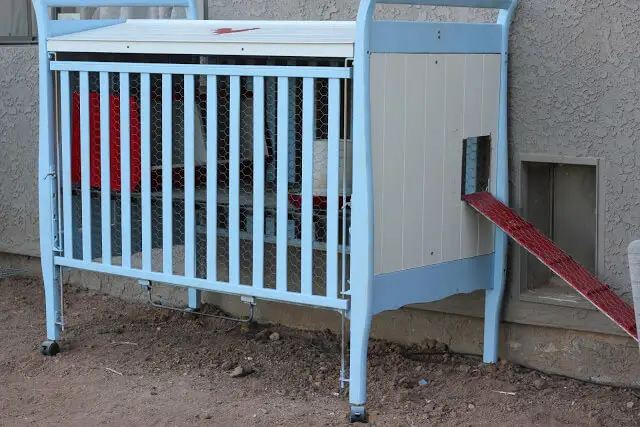
Do You Need a Chicken Run for Your Coop?
A chicken run is a fenced-in area around your coop meant to give your chickens the necessary space they need to exercise while keeping them safe from predators. Often these fenced-in areas are covered on top to keep the flock safe from aerial predators like hawks.
For all beginner chicken owners, we suggest building a coop with an attached enclosed run. Or you could build just a coop, and buy a metal run to attach to it. There is nothing quite like raising a sweet hen from the time she was a chick, and finding a mess of her feathers and picked off carcass in the yard from a predator attack. It’s a pretty awful experience, and because everything loves a chicken dinner, it’s best to have an enclosed run as you learn more about the predators in your area, and your specific breed’s ability to evade them.
You can still let your chickens free-range in the yard while you’re home, but it will give you great peace of mind to know they are safe in their run when you’re not around. Many chicken breeds handle confinement very well and will do wonderfully in a coop with an enclosed run.
If you would like the ability to let your chickens free-range more without worrying about predators, you may consider building a chicken tractor instead of a stationary coop. A chicken tractor is a small coop, often a-frame in shape with wheels on one end and handles on the other, that you can move to a different place in the yard every few days. Though these usually accommodate fewer chickens because they have to be light enough to be portable, they can be a great solution for you.
Two more advanced options you can consider instead of an enclosed run are a portable electric net fencing to assist with predator protection while free-ranging, or a reliable livestock guardian like a donkey, alpaca, or trained guardian dog.
What Size Coop Should You Build?
When looking for the right chicken coop plans, you’ll want to know what size you need. That depends on how many chickens you plan on having! Some of the smallest coops accommodate 3-5 chickens, medium-sized coops around 8 chickens, and large coops around 12 to 15. Chickens need 4 square feet of coop space and 10 square feet of run space per chicken. The problem with most coop plans is they allow for lots of coop space and not enough run space. This is a problem you’ll want to avoid or you will end up with unhealthy chickens who will turn on each other and eat their own eggs.
Chicken Space Requirements for standard-sized breeds:
- 4 square feet per chicken in the coop
- 10 square feet per chicken in the run
- 3 nesting boxes for every one hen
- 10-12 inches of roosting space for every chicken
If you have small bantam-sized chickens or extra large breeds like the Jersey Giant or the Brahma chicken, you’ll need to adjust your space requirements either up or down.
If you are planning on using your chickens primarily for eggs, look at the number of eggs the breed you are choosing lays per week, and let that help you decide how many chickens to get. You do want to avoid getting a very large coop and filling it with just a few chickens as they won’t be able to heat it well with their bodies in the winter.
If you build a smaller coop now, you can always build a bigger one later, and use the small coop for brooding your own chicks or a nursery for broody hens.
Chicken Coop Plans for Meat Birds
If you plan to raise hybrid breed meat birds, which is a very fun project we highly recommend, they will have very different coop requirements. Hybrid breed meat birds like the Cornish X Rock, Big Red Broiler, or Cornish Roaster, are fast-growing meat birds that are ready to butcher in 6 to 10 weeks. Because they grow so fast and they are prone to leg problems, and generally don’t fly. They do best in a modified chicken tractor without roosts or nesting boxes. These are possibly the simplest chicken coop plans you can make, and the end result is a freezer full of organic, pastured chicken that’s honestly better than anything you’ve ever tasted.
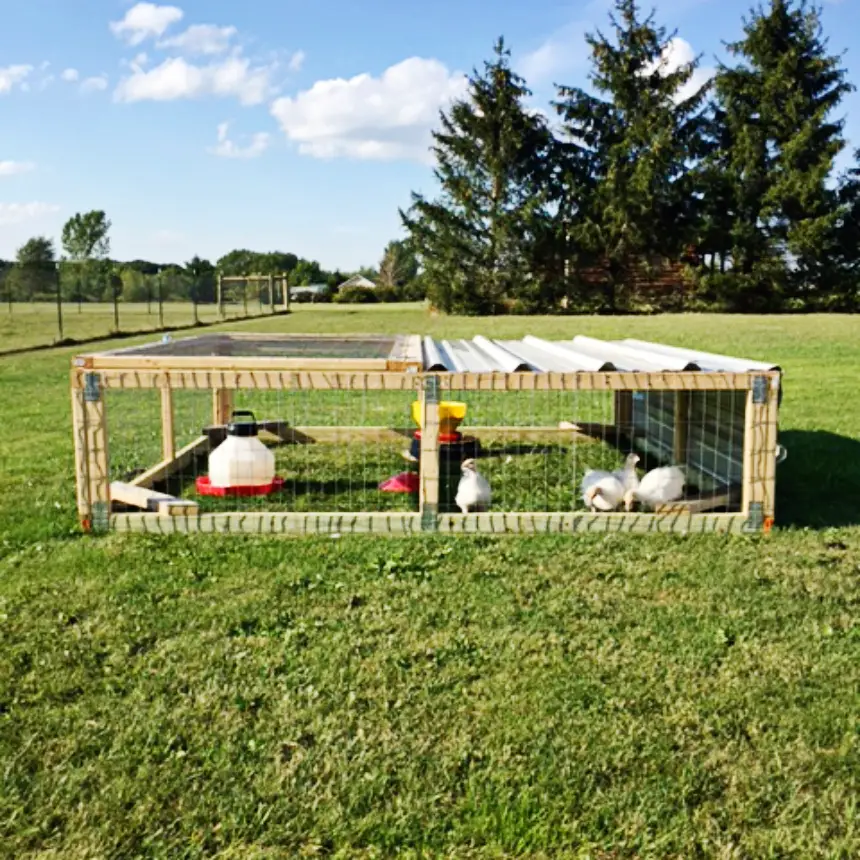
What Elements Do Chicken Coop Plans Need?
Nesting Boxes: Besides the space requirements of 4 feet inside and 10 feet outside the coop per bird, you will also need 3 nesting boxes per hen that are around 12×12 inches. Some people recommend 10×10 for nesting boxes, but we’ve found the smaller the box the more likely your eggs will get stepped on and crushed, so we prefer a 12×12 size. It’s very helpful to use chicken coop plans that give you easy access to your eggs from the outside.
Roosts: Chickens like to roost at night on a 2×2 board or branch high off the ground, so your roosts should be higher than your nesting boxes. If your nesting boxes are the highest thing in your coop, your chickens will nest on or in them and poop all over, making the eggs unsanitary. Also, remember that the majority of the chicken poop in your coop will end up under your roost, so make sure you don’t have nesting boxes or feed and water directly under them and you have coop bedding like wood shavings or sand below to catch the poop. Some people even use removable poop boards below their roosts to catch the poop for easy cleaning.
Flooring: Chicken Coop Plans typically use wood, concrete, or dirt flooring, with wood being the most popular. If your chicken coop plans use wood flooring, it’s helpful to cover it with linoleum or vinyl flooring, a rubber mat, or spraying it with flex-seal to keep it waterproof and prevent rotting. It will also make it much easier to clean.
Coop Doors: You’ll want both a human door or access and a chicken door. Depending on your chicken coop plans, your human door can either be a standard-size door or a cabinet. Either way, you’ll want to make sure an adult can fully access every part of the coop so you can clean, make repairs, or tend to a sick chicken.
Chicken-sized doors are typically 12 x 14 or something similar and can either open and close with a latch or slide up and down with a pulley system. Having a chicken door that can stay securely shut at night is an important step in predator protection. They even make automatic chicken coop doors you can put on a timer!
Use barrel locks, padlocks, or locks with multiple steps to secure your coop doors since raccoons can quickly open simple handles or hooks and help themselves to your hens.
Chicken Wire: Though some plans will call for chicken wire, you’ll want to use ¼ inch hardware cloth instead. Chicken wire is good at keeping chickens in, but not at keeping predators out. Raccoons can open chicken wire like they would an envelope, hawks can reach their talons through it, and snakes and weasels can slither right through it. You’ll also want to cover any gaps in your coop and run with hardware cloth. If you have a dirt/grass floor to your coop and run, you’ll want to bury the hardware cloth 12 inches deep, or at the very least create a 12-inch skirt extending out over the ground to prevent predators that can dig.
Ventilation and Windows: When chickens breathe and poop it creates moisture, which leads to humid coop conditions. Unless the humidity is ventilated, it can lead to frostbite in the winter and dangerous ammonia buildup. Since ammonia is lighter than air, it will rise to the top of your coop where your chickens roost at night. Therefore ventilation should be at the top of your coop and give you about 1 square foot of ventilation for every 10 square feet of coop floor space.
Windows are not only beautiful but let in light your chickens need to lay properly, especially through the winter months. Laying hens require 14 to 16 hours of light each day to lay well, so let in as much light as possible. Windows on every side of your chicken coop plans is great, but even just one window is helpful. You can even modify your favorite chicken coop plans to include windows if yours doesn’t have them.
Make sure your vents and windows are covered in ¼ hardware cloth, not screens or chicken wire, to keep them safe from climbing predators.
Location: Once you have your chicken coop plans, the location of your coop is important. You’ll want it near a water source to easily refill your waterer, and hose out or pressure wash the coop floor seasonally. If you can place your coop closer to the house, it will help you keep an eye out for predators, and make it easier if you have to go out in freezing weather. Avoid low areas that may flood and if you live in a hot climate place your coop in a shaded spot if possible.
14 of the Most Beautiful (and Functional) Chicken Coop Plans

7×11 coop & run for 9 chickens | free tutorial
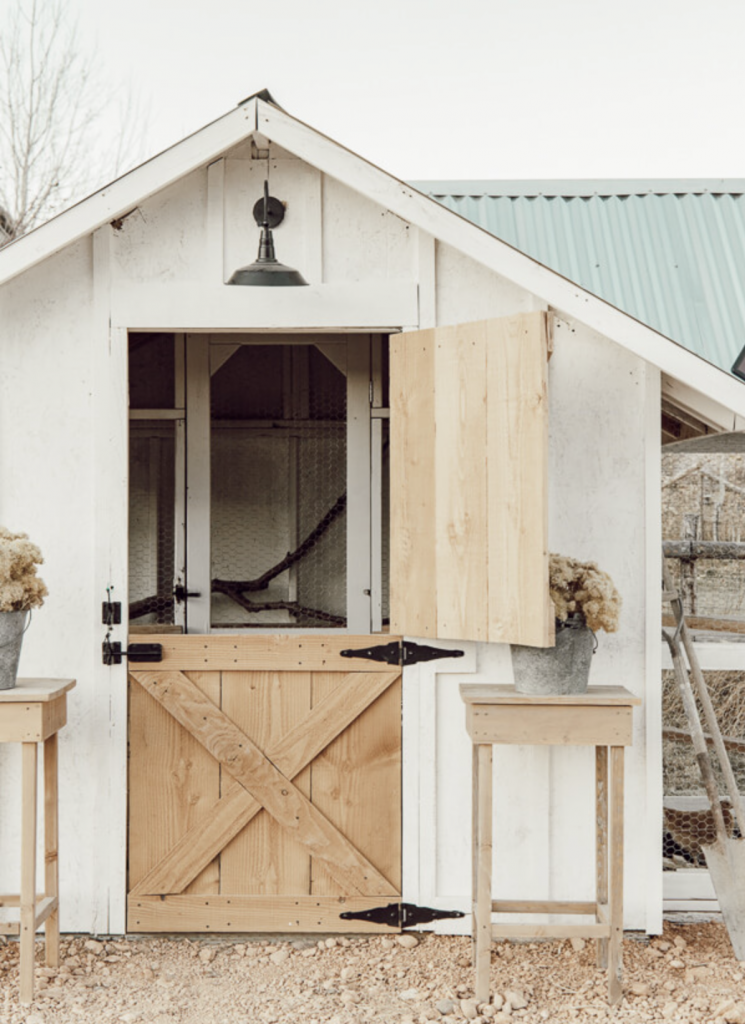
coop & run for 12 chickens | $29 plans
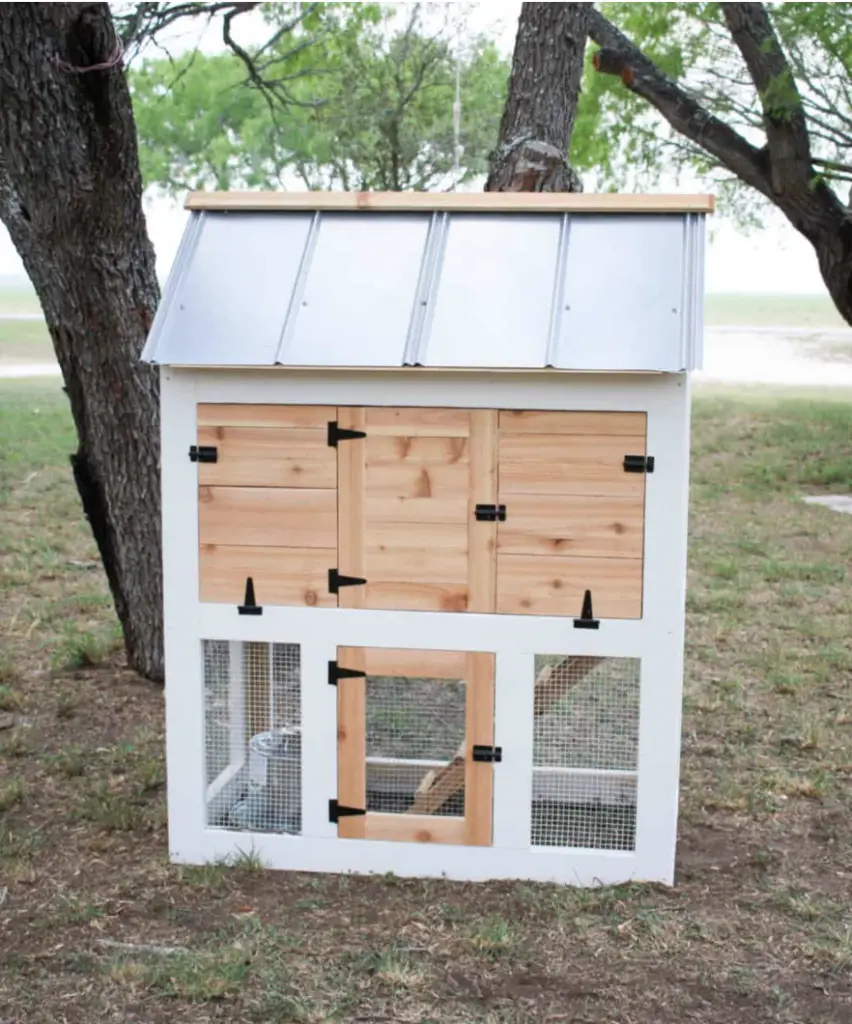
2 chicken mini coop | free plans
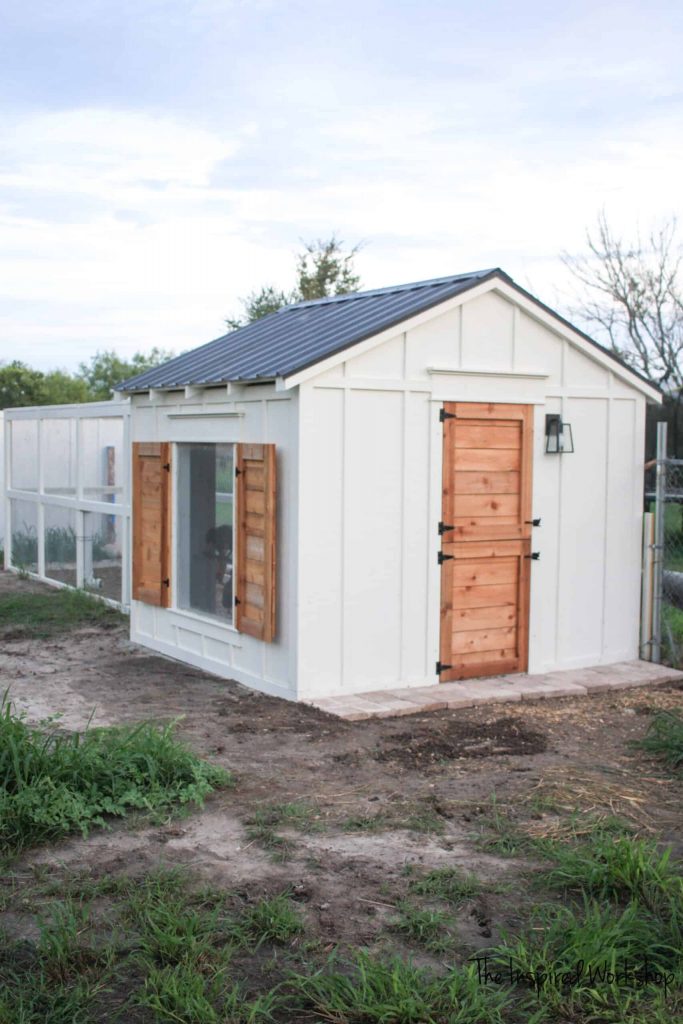
8×8 coop & run for 16 chickens | free plans
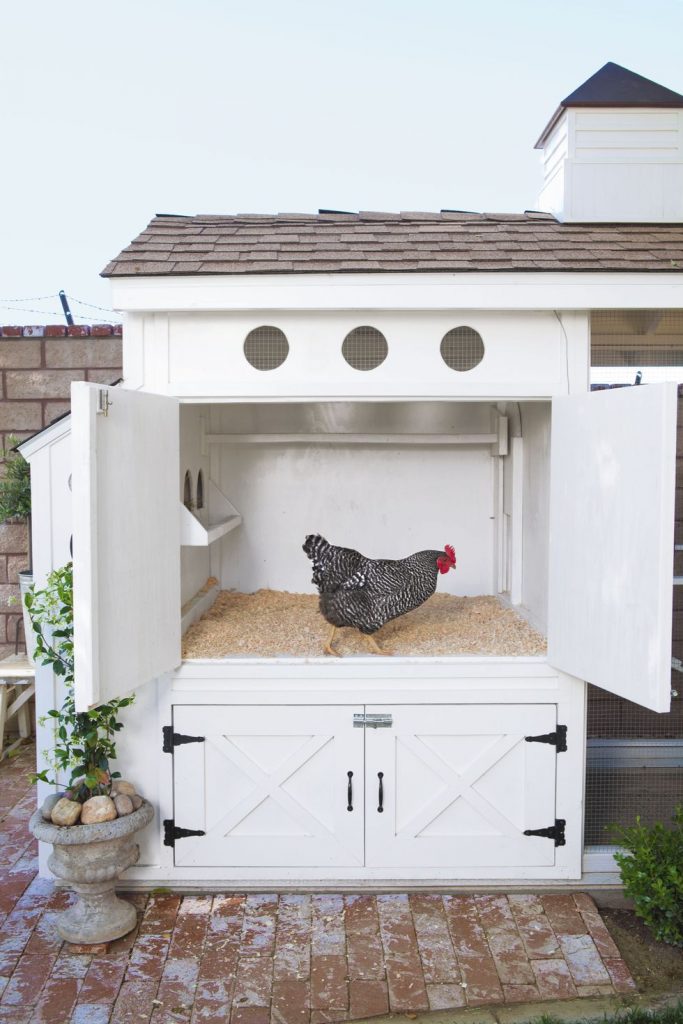
7×11 coop & run for 6-9 chickens | $39 plans
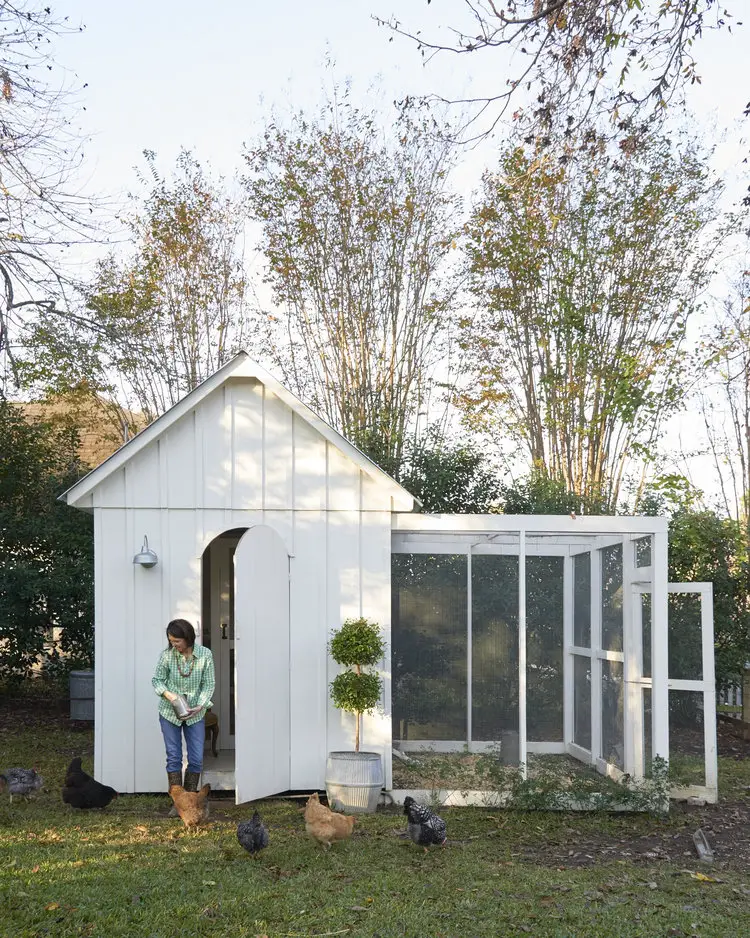
8×12 coop & run for 12 chickens | $55 plans
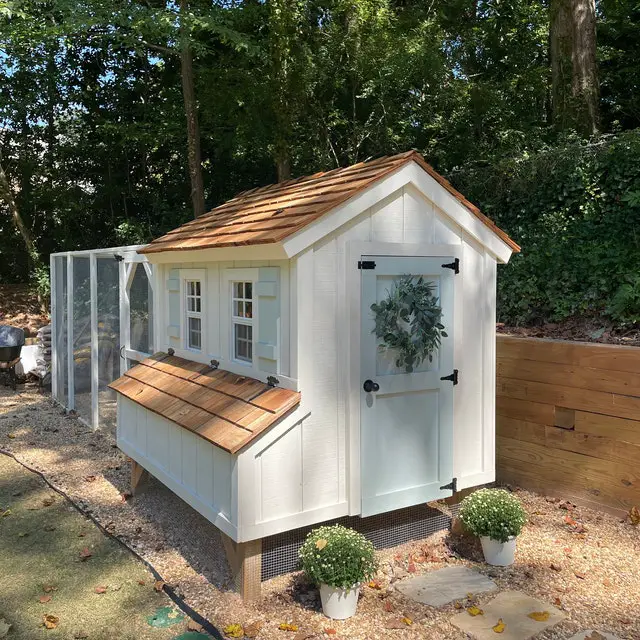
5×6 coop for 6 chickens | $18 plans
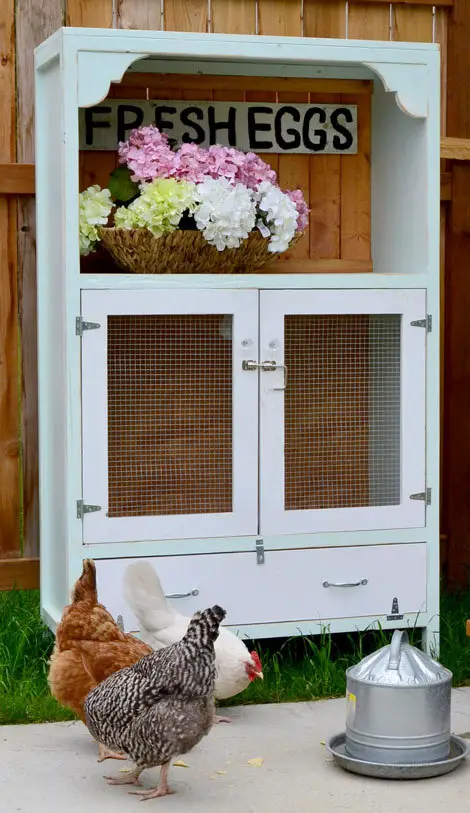
4 1/2 sq ft brooding cabinet for 12 chicks | free plans

8×4 chicken coop for 8 chickens | free plans
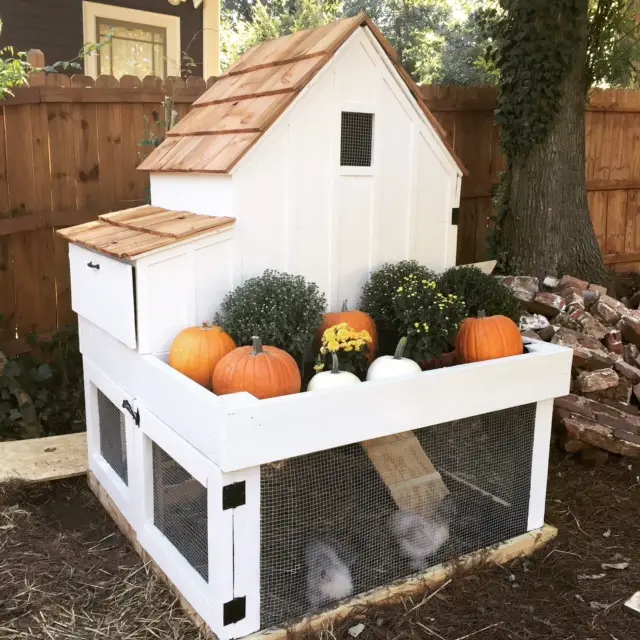
5×5 coop & run for 3 chickens | free plans
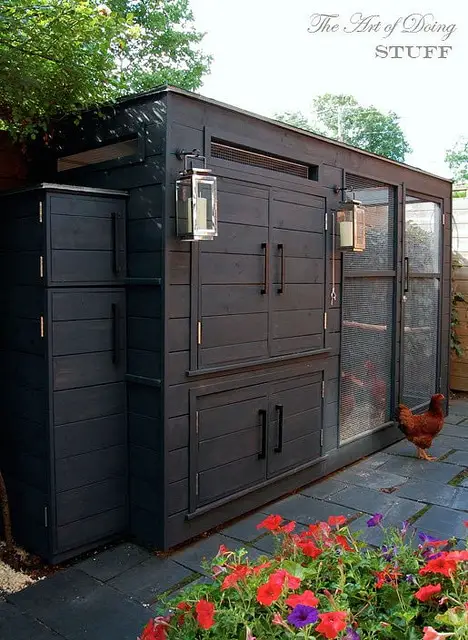
chicken coop & run for 6-8 chickens | free inspirational tutorial
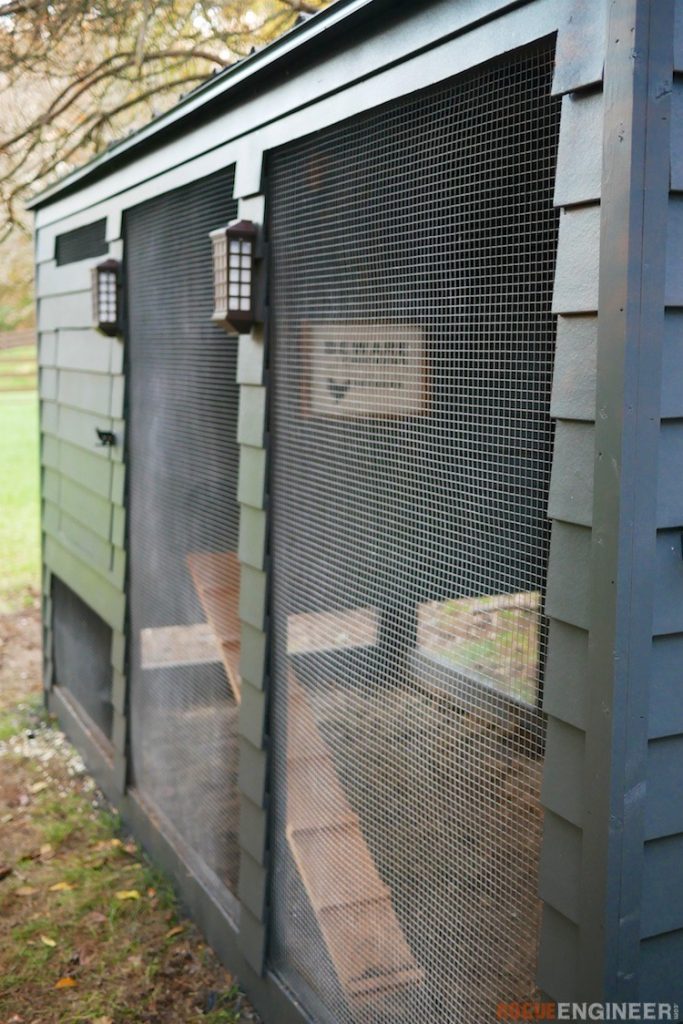
5×12 coop & run for 6 chickens | free plans
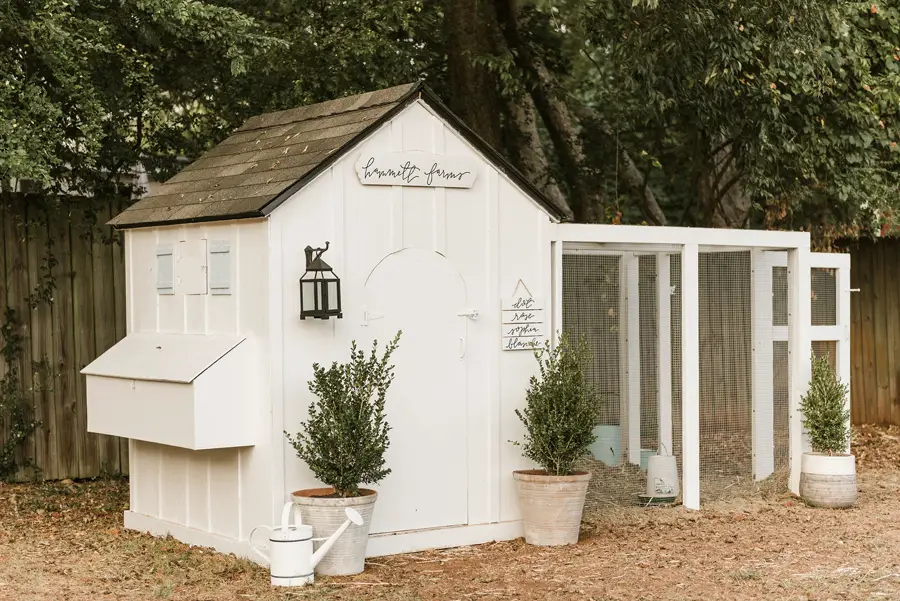
5×5 coop & run for 3 chickens (a bigger run needed for 6 chickens) | $10 plans
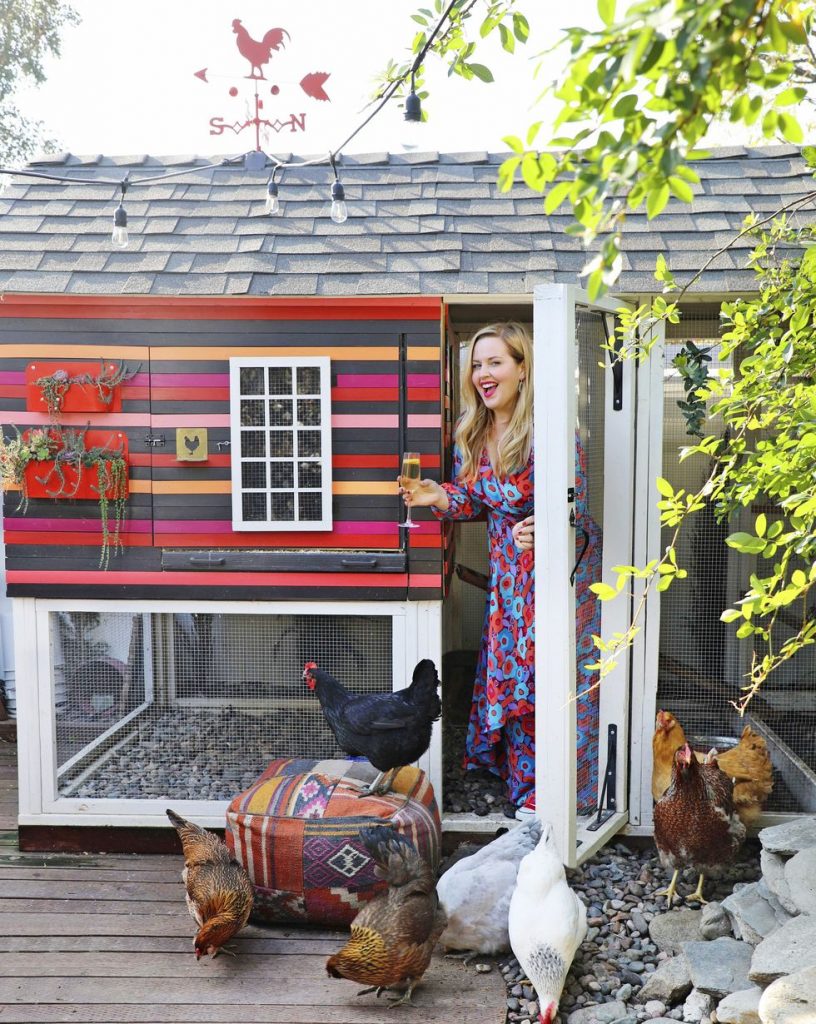
eclectic coop & run with wallpaper inside | free design inspiration
We’d love to hear about your experience! Have you used one of these plans, or have another you like?

Leave a Reply